In the transportation and logistics industry, understanding the dimensions and capacities of semi-trailers is crucial for optimizing operations and ensuring efficient cargo management. One critical measurement that frequently arises is “how many cubic feet are in a semi-trailer.” This article unpacks the intricacies of semi-trailer volume, empowering manufacturers, logistics managers, and truck operators with the knowledge to make informed decisions.
What is a Semi-Trailer?
A semi-trailer is a type of trailer that is designed to be towed by a tractor unit. Unlike a full trailer, which has wheels at the front and back for support, a semi-trailer is supported at the front by the towing vehicle and is usually positioned above the rear axle of the trailer, enhancing maneuverability and load distribution.
Types of Semi-Trailers
The configuration of a semi-trailer varies based on its design intent. Here are some common types that influence cubic footage:
- Dry Van Trailers: Enclosed and designed to protect cargo from elements.
- Reefers (Refrigerated Trailers): Insulated and temperature-controlled for perishable goods.
- Flatbed Trailers: Open trailers ideal for carrying oversized loads but provide no cubic measurement since they lack walls.
- Dump Trailers: Used for transporting loose materials.
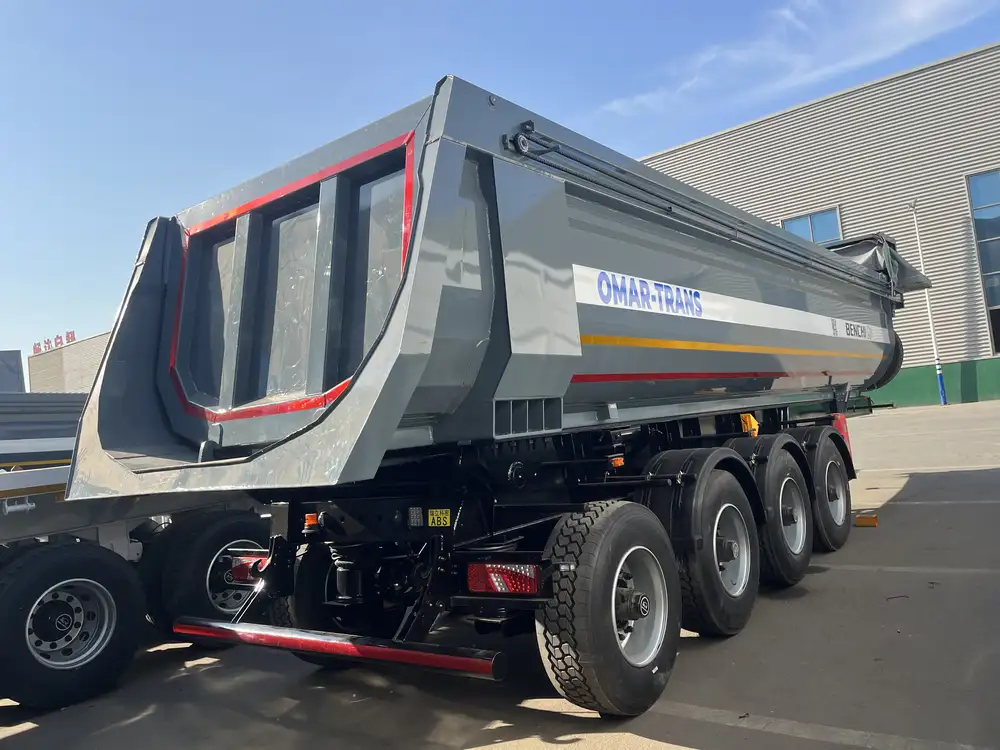
Calculating the Cubic Feet in a Semi-Trailer
Standard Dimensions
To determine the cubic feet of a semi-trailer, it is essential to know the standard internal dimensions. Most commonly used dry vans are typically 53 feet long, 8.5 feet wide, and 9 feet high.
Dimensions Table
| Trailer Type | Length (ft) | Width (ft) | Height (ft) | Approx. Volume (cubic feet) |
|---|---|---|---|---|
| Standard Dry Van | 53 | 8.5 | 9 | 4,048 |
| 48-foot Dry Van | 48 | 8.5 | 9 | 3,600 |
| Reefer | 53 | 8.5 | 9 | 4,048 |
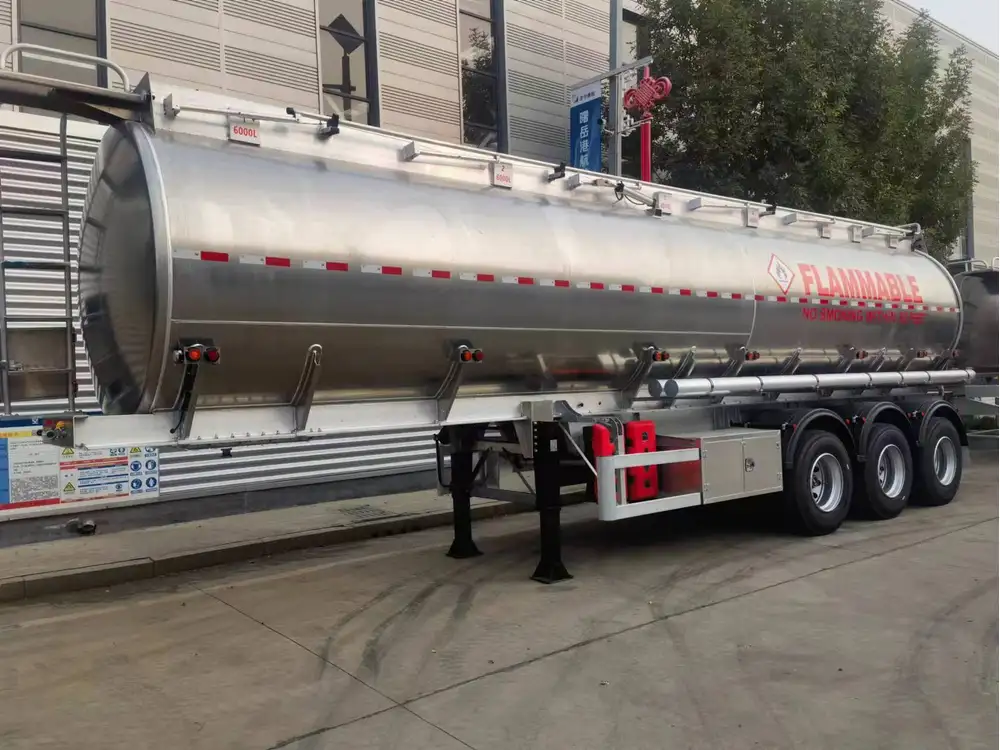
Volume Calculation Formula
To calculate the cubic feet of any semi-trailer, we can use the formula:
[ \text{Volume (cubic feet)} = \text{Length (ft)} \times \text{Width (ft)} \times \text{Height (ft)} ]Using the standard 53-foot dry van as an example:
[ \text{Volume} = 53 \times 8.5 \times 9 = 4,048 \text{ cubic feet} ]Factors Affecting Volume
- Interior Design: Trailers may include ramps, shelving, or other features that can reduce usable cubic space.
- Truck Configuration: The overall weight and load capabilities of the semi-truck can limit the amount of cargo carried, regardless of volume.
- Material Density: The type of cargo transported can significantly impact the effective use of space.
Importância da Compreensão do Volume do Trajeto

Maximizing Cargo Efficiency
Knowing the cubic footage allows logistics managers to calculate maximum payloads carefully. By specifically determining how much space is available, businesses can optimize their shipping processes.
Example Scenarios:
- Perishable Goods: Using refrigerated trailers to their full cubic capacity ensures efficient transportation while maintaining required temperature settings.
- Bulk Materials: Understanding cubic volume aids in packing strategies, promoting full loads without exceeding weight limitations.
Loading Strategies
Different loading methods can influence the effective use of cubic footage.
- Vertical Stacking: Maximizes height usage, ideal for lighter goods.
- Horizontal Loading: Best used for dense materials that occupy more floor space.
| Loading Method | Ideal Use Case | Benefits |
|---|---|---|
| Vertical Stacking | Lighter items, boxes | Maximizes vertical space, reduces shipping costs. |
| Horizontal Loading | Dense, heavy materials | Prevents shifting during transport, balances load. |
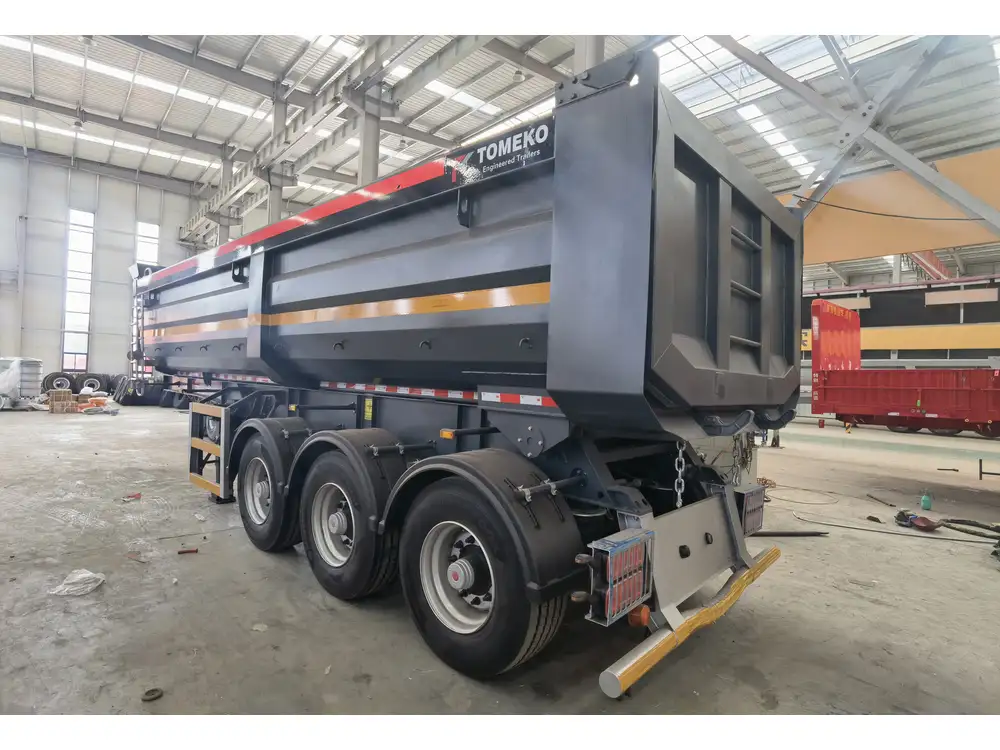
Challenges in Measuring Semi-Trailer Capacity
Inconsistencies in Measurements
It can be misleading when different manufacturers advertise trailer capacities without specifying internal sizes. Variations in design can lead to significant discrepancies.
Important Considerations:
- Internal Wall Structures: Consideration must be given to space occupied by structural components.
- Functional Attachments: Components such as air ducts or insulation in refrigerated trailers can add complexity to volume calculations.
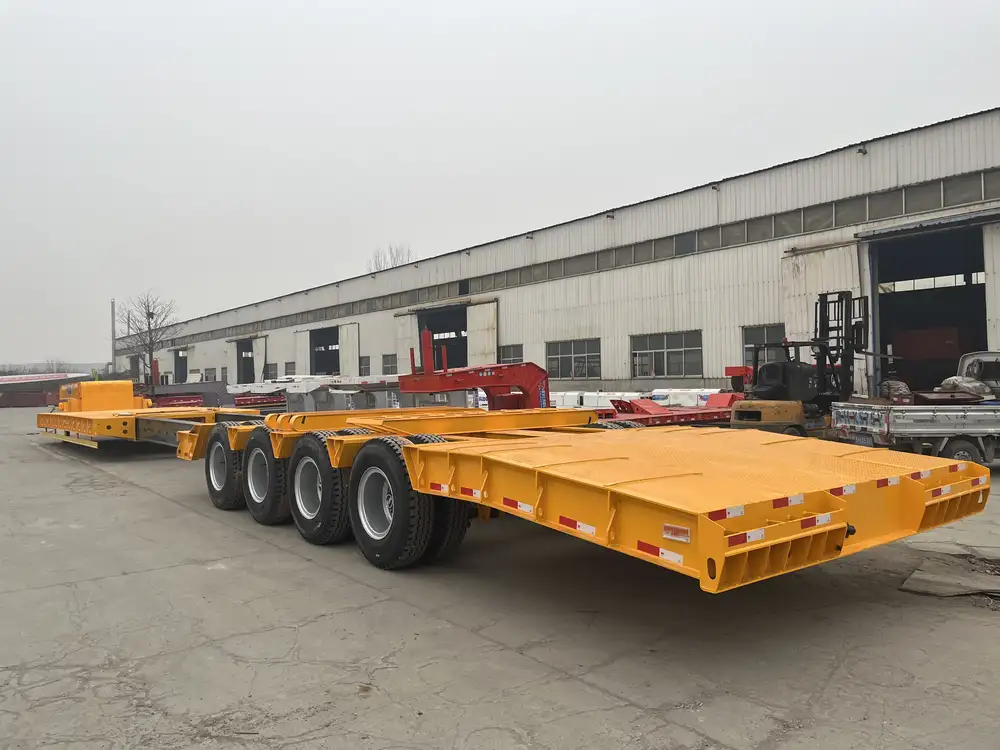
Importance of Regular Maintenance and Inspections
Regular maintenance helps ensure that the measurements remain accurate, which is vital for compliance and safety regulations.
- Check Seals and Insulation: In reefer trailers, ensuring that insulation is intact maintains volume efficiency.
- Inspect for Damage: A damaged trailer could have compromised space, affecting cargo carry capacity.
Innovations in Semi-Trailer Design
As the logistics landscape evolves, so do semi-trailers. New technologies and designs are continually being developed to optimize space.
Lightweight Materials
Utilizing materials such as advanced composites can reduce the weight of trailers while allowing more cargo capacity.
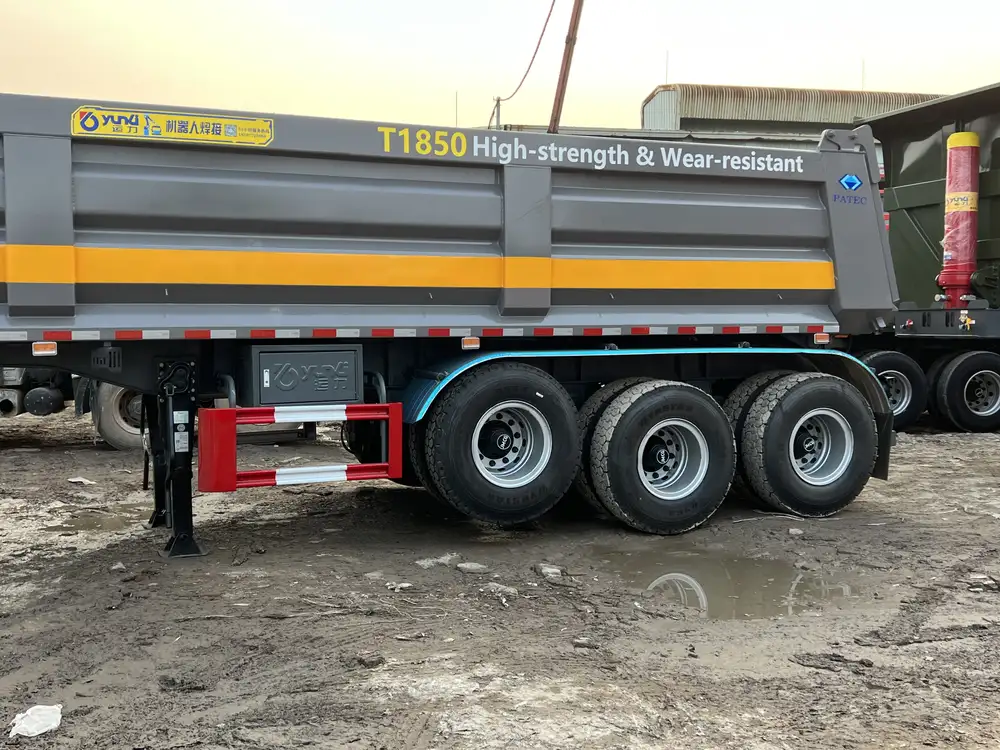
Modular Trailers
Designers are exploring modular approaches, which allow tailoring of trailer length and volume capacity based on cargo needs.
Environmental Considerations
Sustainable practices in the manufacturing and use of semi-trailers are gaining importance. Understanding the cubic footage and limits can help minimize environmental impacts.
- Improved Fuel Efficiency: Optimization of payloads leads to reduced trips and lower emissions.
- Recycling Materials: Incorporating recycled materials in trailer construction contributes positively to sustainability efforts.
Conclusion: Empowering the Future of Transportation
Understanding how many cubic feet are in a semi-trailer provides crucial insights that can lead to enhanced operational efficiency, reduced costs, and improved compliance with safety regulations. The insights gathered from cubic measurement metrics not only facilitate better logistics planning but also foster industry growth by leveraging innovations that enhance capacity while maintaining safety and environmental standards.
In an industry where every square foot counts, staying informed about these dimensions and their implications can spell the difference between profit margins and losses. Embracing the knowledge of cubic capacity should be regarded as an essential step for any business looking to elevate its logistics and transportation endeavors into the future.
As we continue to explore innovative solutions and sustainable practices within the realm of semi-trailer usage, the future holds promising avenues for enhancing capacity management—potentially leading to breakthroughs that could revolutionize the industry.



